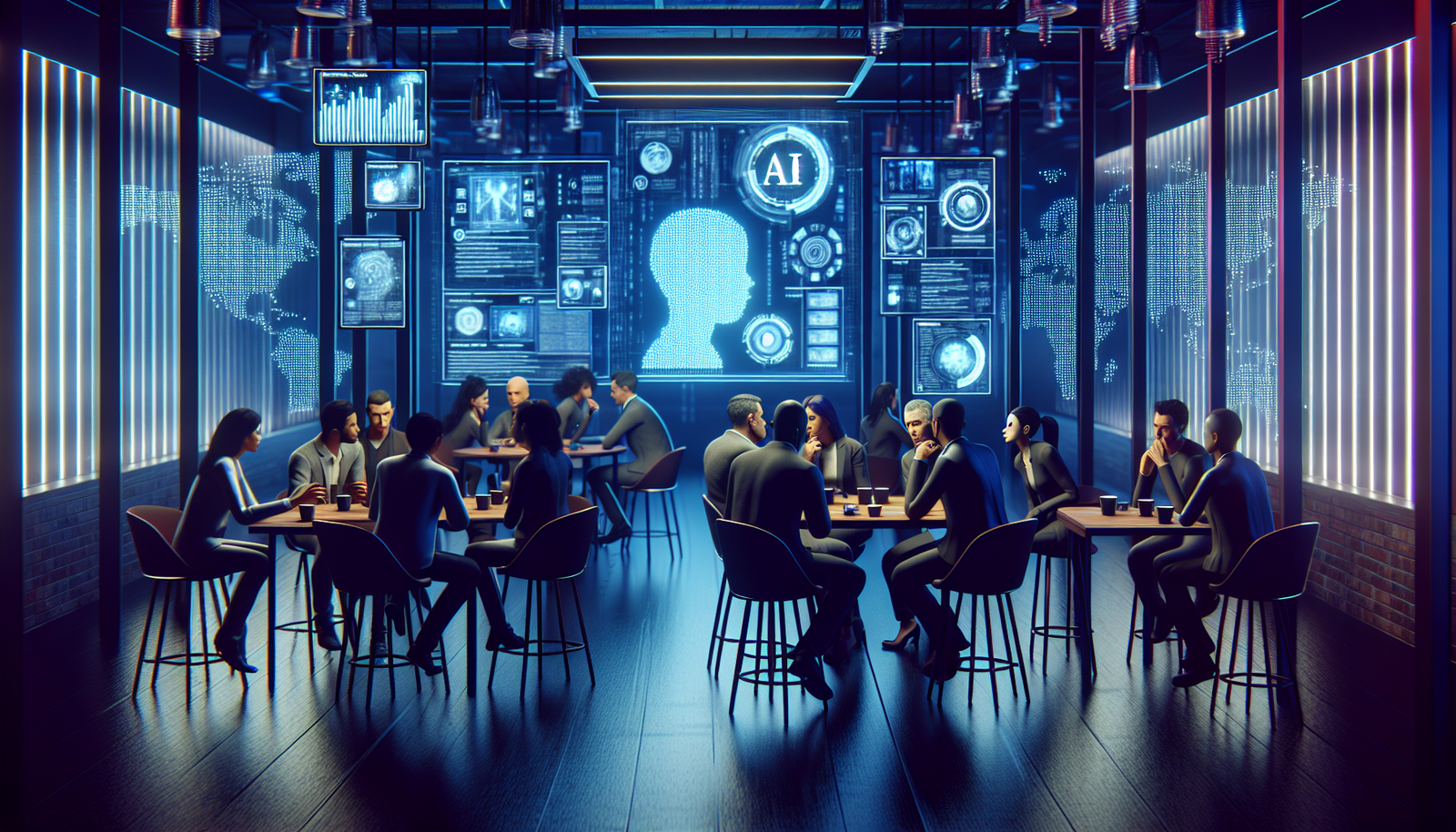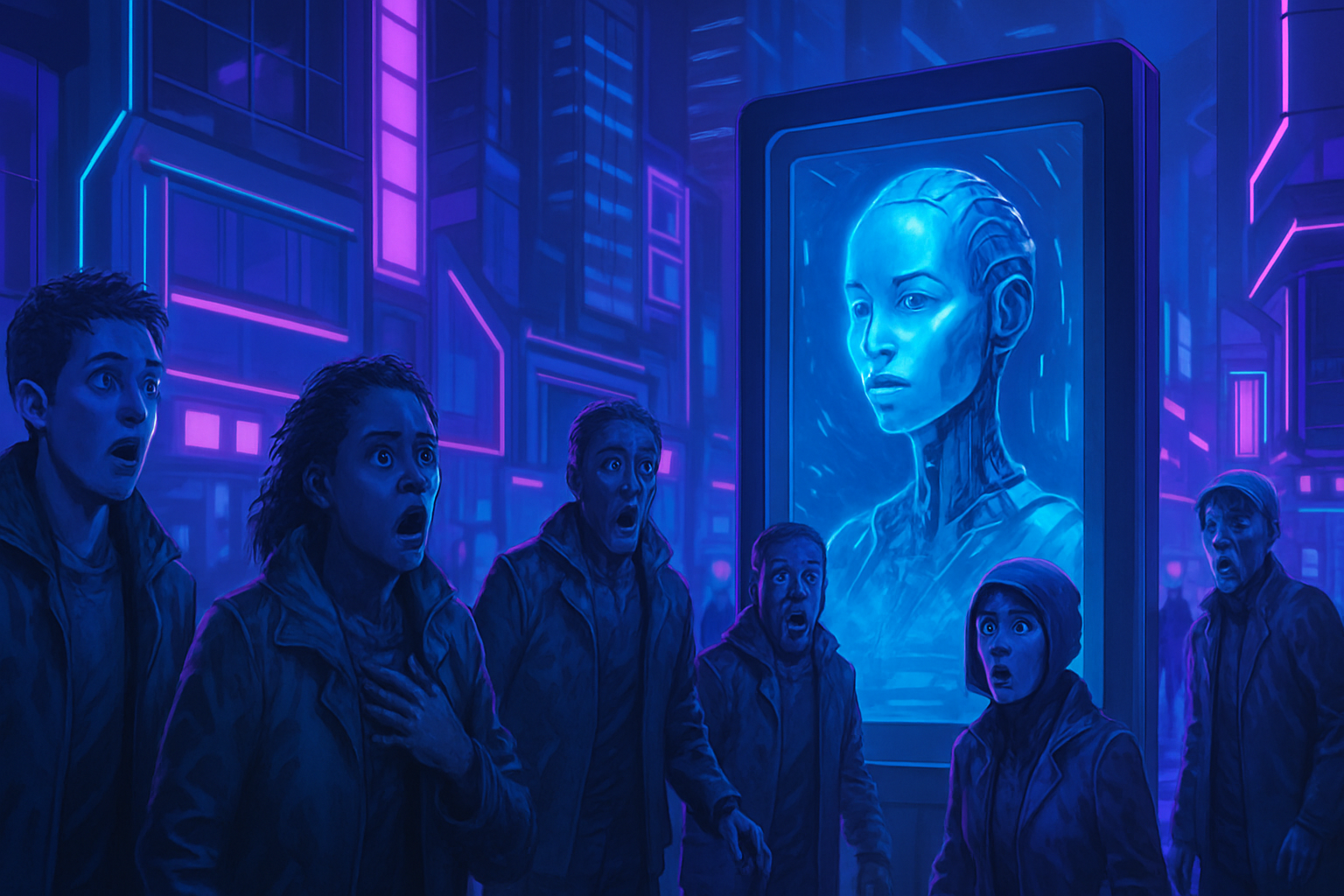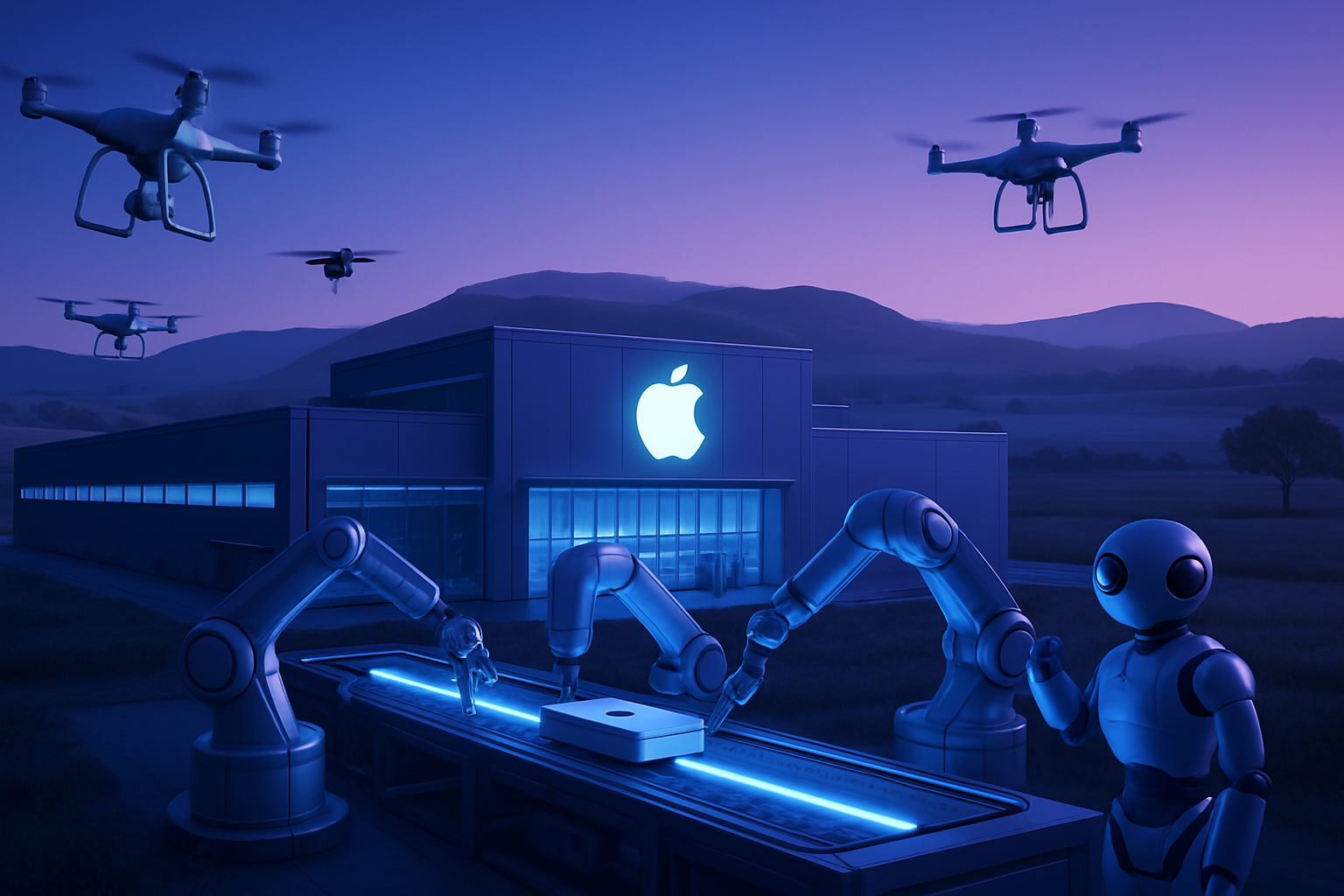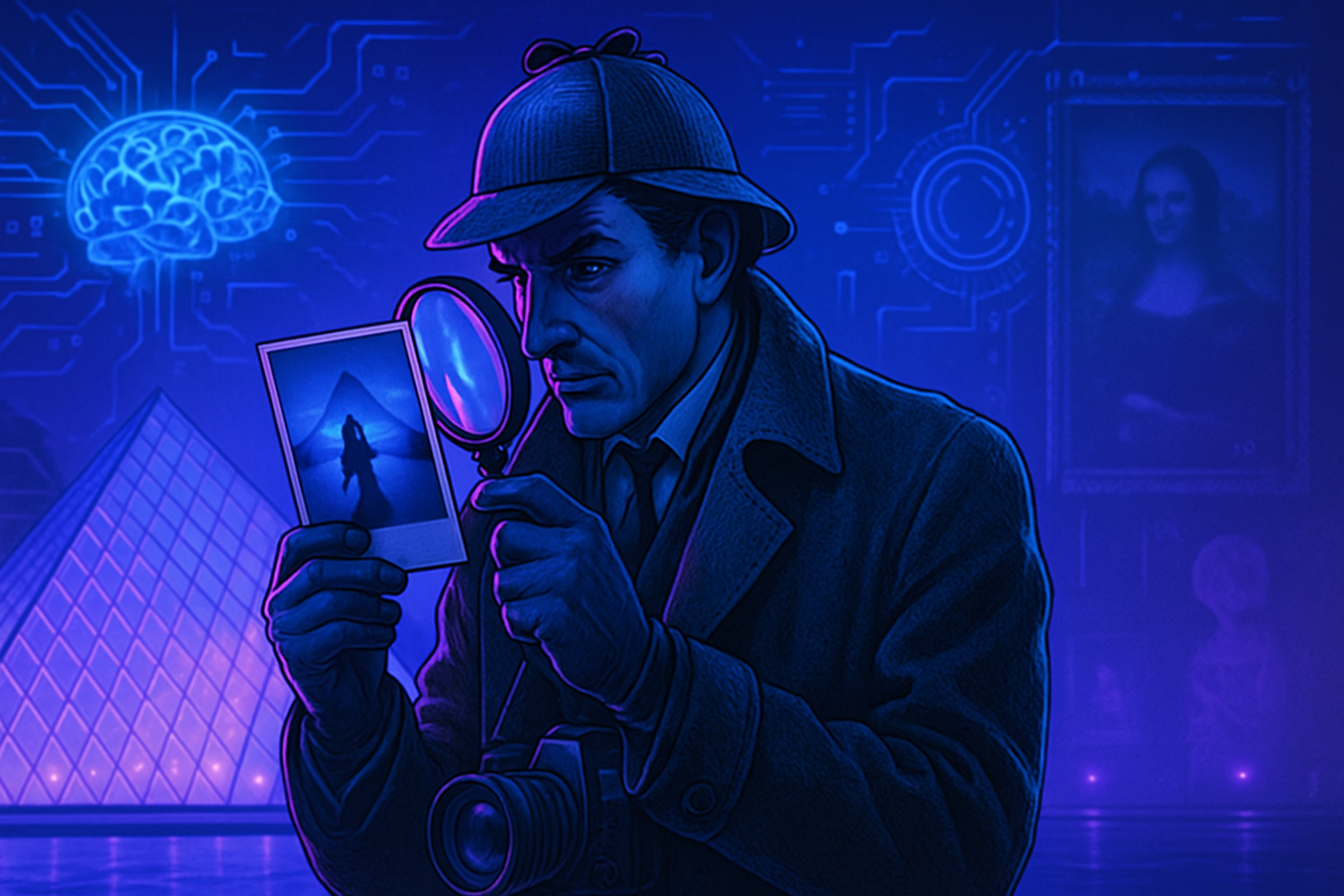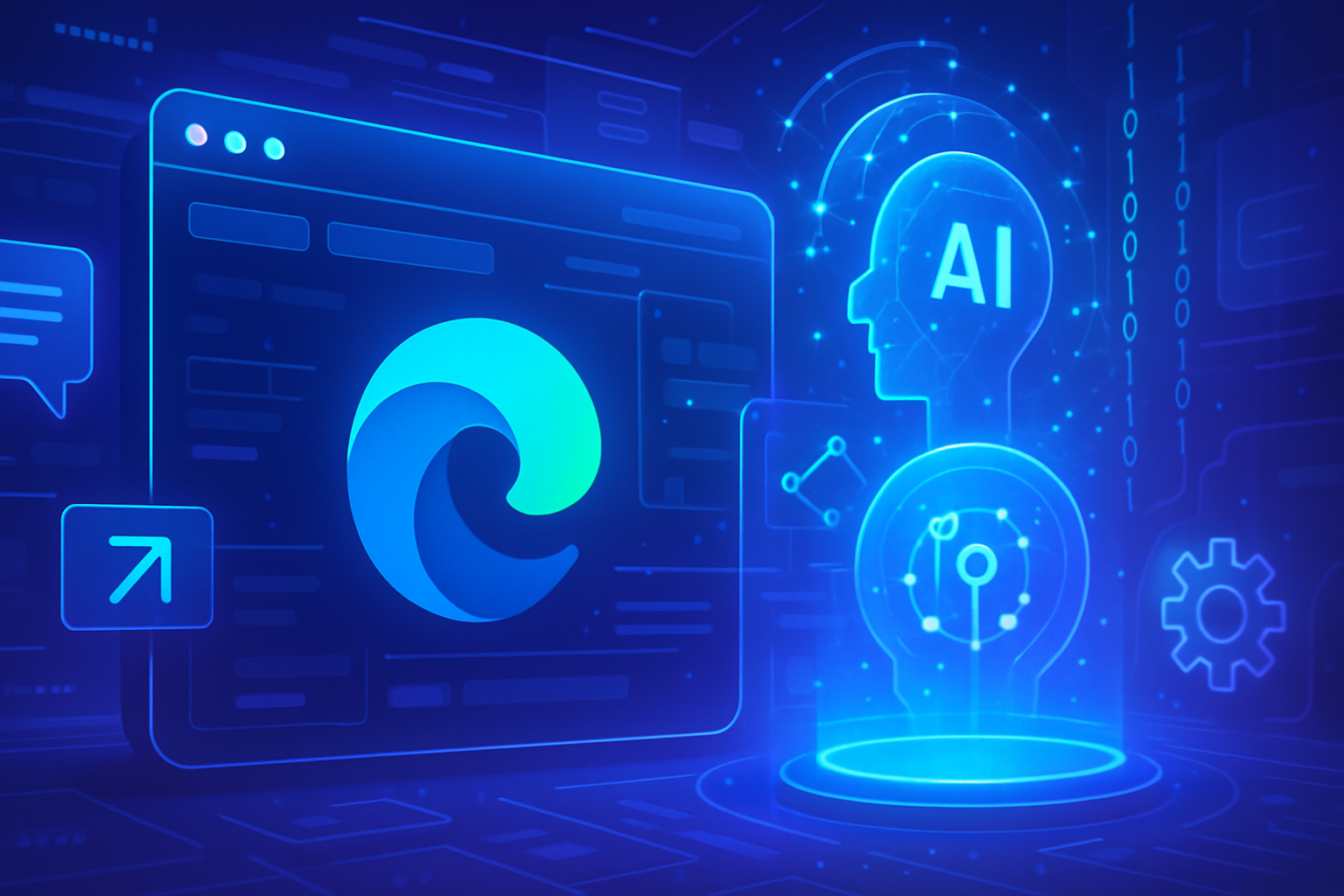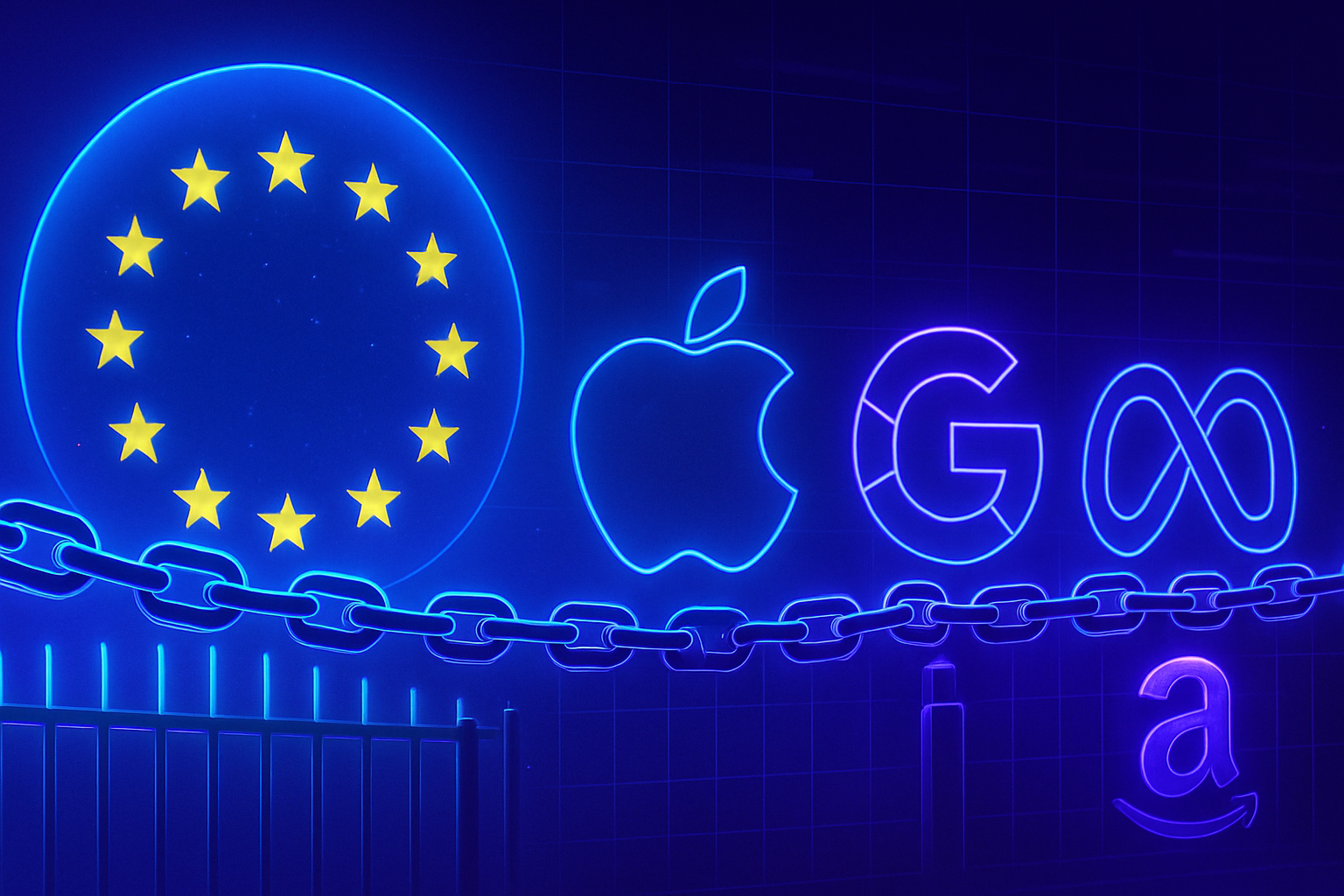Proliferation of AI-Generated Images
The increase in AI-generated images related to child sexual abuse has reached an alarming level, highlighting a growing issue. The Europol agency recently warned that such content, of a pedopornographic nature, is multiplying at an alarming rate. This finding raises questions about existing regulations and society’s ability to protect the most vulnerable.
An Expanding Phenomenon
Images of child sexual abuse produced by AI systems are on the rise. These illegal productions often come from image generators trained on databases containing real images of abuse. The major risk lies in the fact that these technologies allow for the creation of realistic content, devoid of any legal framework. Every day, thousands of new images appear on digital platforms, often derived from a simple algorithm.
Legal Implications
From a legal standpoint, Article 227-23 of the Penal Code applies to these images, regardless of whether the depicted character is a real or fictitious minor. Current legislation severely punishes the production and distribution of such content. However, the adaptability of the law in the face of these new methods of image creation remains uncertain. Justice actors often find themselves powerless against the rapid evolution of technologies and production methods.
Authorities’ Response
Experts are raising voices to alert about potential misuses. Susie Hargreaves, head of the monitoring organization, stated that “the organization’s worst nightmares have become reality.” International institutions, including the UN, are also warning against this troubling trend. An expert emphasized that the rise of AI facilitates child sexual exploitation and that it is essential to strengthen protection mechanisms.
Civil Society Responses
Civil society is beginning to react to this threat. Various organizations and associations are mobilizing to raise public awareness of these issues. They are advocating for strict regulation of AI technology use in order to eradicate the production of such harmful content. Initiatives aimed at informing parents and children about the dangers of AI are becoming increasingly common.
Technology and Cybersecurity
Technology can, paradoxically, play a dual role in this context. On one hand, it enables the creation of illegal images; on the other hand, advanced analysis tools could help detect and eliminate this content. Cybersecurity challenges are multiplying, and users must be aware of potential dangers. Implementing robust protections is imperative to stem this proliferation.
Alert on the Future
The trajectory of this phenomenon is concerning. The images of sexual violence against children generated by AI risk becoming a standard unless concerted action is taken. Governments, digital platforms, and civil society must join forces to counter this devastating trend. The necessity of establishing clear guidelines cannot be underestimated.
For more information on the technology issues and associated risks, check out this article on the subject of blockchain and artificial intelligence here. You can also learn more about Google’s actions against scams using AI here. Concerns about the use of video game characters in illegal contexts, such as with Mario, are discussed in this article here.
Frequently Asked Questions about the Proliferation of AI-Generated Images Related to Child Sexual Abuse
What is the proliferation of AI-generated images in the context of child sexual abuse?
It refers to the alarming increase of pedopornographic images created by artificial intelligence systems, depicting scenes of abuse or characters resembling minors, whether real or fictional.
What are the legal consequences related to the creation of AI-generated child sexual abuse images?
According to Article 227-23 of the Penal Code, and regardless of the reality of the image, creations resembling a minor can lead to criminal prosecution, with penalties of up to five years in prison.
Why is the rise of artificial intelligence a problem for child protection?
Artificial intelligence facilitates the rapid and massive creation of abuse images, making their detection and removal more difficult, thereby increasing the risks of child sexual exploitation.
What are experts’ opinions on the proliferation of these AI-generated images?
Experts, such as those from the Europol agency, point out that the worst fears regarding digitization and child sexual abuse have become reality, with an explosion of harmful content.
How to combat the dissemination of AI-generated images of sexual abuse?
It is essential to establish strict regulations, promote accountability among digital platforms, and raise public awareness of these issues to protect children.
What are the repercussions of these images on victims of sexual abuse?
These images can cause additional psychological harm to victims by perpetuating their exploitation in a digital world where their suffering is exposed without their consent.
What types of images are involved in this phenomenon?
The images may include realistic depictions of sexual abuse, as well as AI-generated illustrations of fictional characters resembling children, thereby exacerbating the reach of illegal content.
What is the position of governments regarding the increase of these AI-generated images?
Many governments are calling for a collective response in legal and technological terms to counter the threat of child sexual exploitation fueled by these new technologies.
How are digital platforms addressing this issue?
Most platforms attempt to use AI tools to detect and remove this content, but technological advancements often make these efforts insufficient.
